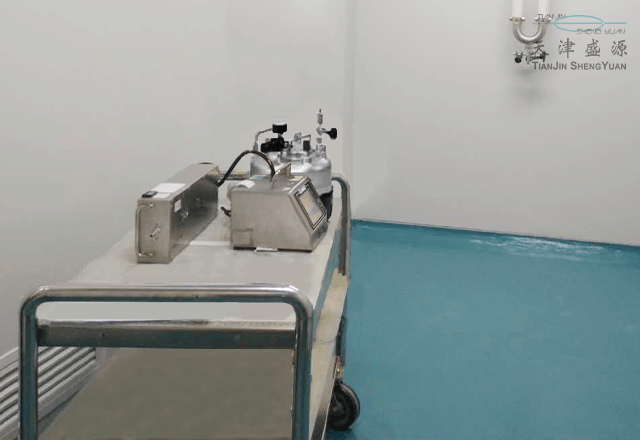自净时间测试
一、什么是自净时间测试
自净时间测试是为了确定洁净室/区域在短时暴露于空气悬浮粒子挑战源之后,在有限时间内恢复至指定洁净级别的能力。该测试可以评估因计划性维保关机,或计划外工厂故障等情况发生时,洁净室/区内粒子浓度在暂时过高后重新达到目标洁净度水平浓度的实际时长。
二、法规对自净时间测试设备的要求
C.5.1 Light-scattering airborne-particle counter (LSAPC), capable of counting and sizing single airborne particles and reporting size data in terms of equivalent optical diameter.Refer to ISO 14644-1.
光散射空气粒子计数器,能够对单个空气粒子进行计数和测量,并根据等效光学直径报告尺寸数据。参考ISO 14644-1。
C.5.2 Aerosol generator, capable of generating particles within the size range 0.1 μm-1.0 μmat a constant concentration, which may be generated by thermal, hydraulic, pneumatic, acoustic, chemical or electrostatic method.
气溶胶发生器,能够以恒定浓度产生 0.1μm-1.0μm 尺寸范围内的颗粒,可通过热、液压、气动、声 学、化学或静电方法产生。
C.5.3 Test aerosol source substances.Typically, the following substances are used to generate test aerosols, liquid or solid test aerosol for generating by spraying or atomizing into the atmosphere:
测试气溶胶源物质。典型地,以下物质用于产生测试气溶胶,液体或固体测试气溶胶,用于通过喷射或雾化到大气中而产生
a)poly-alpha olefin (PAO) oil, 4 centistokes PAO;聚 α-烯烃(PAO)油,4 厘沲 PAO;
b)dioctyl sebacate (DOS);癸二酸二辛酯 (DOS);
c)di-2-ethyl hexyl sebacate (DEHS);癸二酸二-2-乙基己酯 (DEHS);
d)dioctyl (2-ethyl hexyl) phthalate (DOP1));邻苯二甲酸二辛酯(2-乙基己基)(DOP1));
e)food quality mineral oil;食品质量矿物油;
f)paraffin oil;石蜡油;
g)microspheres with an appropriate diameter.具有适当直径的微球。
If the required concentration can be achieved, atmospheric aerosol may also be used.
如果能够达到要求的浓度,也可以使用大气气溶胶。
C.5.4 Dilution system, equipment, in which the aerosol is mixed with clean air in a known volumetric ratio to reduce concentration.
稀释系统、设备,其中气溶胶与清洁空气以已知的体积比混合,以降低浓度。

三、检测方法和周期
1.检测方法
自净性能采用100:1或10:1的自净时间和/或洁净级别恢复率来评估。
100:1或10:1自净时间
a) 检测点取工作
b) 使用粒径小于1μm的气溶胶制剂发烟,使测试环境中的初始粒子浓度提高到目标洁净度程度的10倍或100倍,记录时间(t10n 或 t100n)。
c) 以不超过1分钟的时间间隔进行测量,记录时间和浓度,当粒子浓度达到目标浓度时,记录时间(tn)
d) 计算10:1自净时间为t0,1 = (tn − t10n)
e) 计算100:1自净时间为t0,01 = (tn − t100n)
2.检测周期
最长检测间隔时间不宜超过24个月。
四、相关标准
• ISO 14644-3:2019
• ISO 14644-1:2015
• GB 50591-2010
• GB25915.3-2010